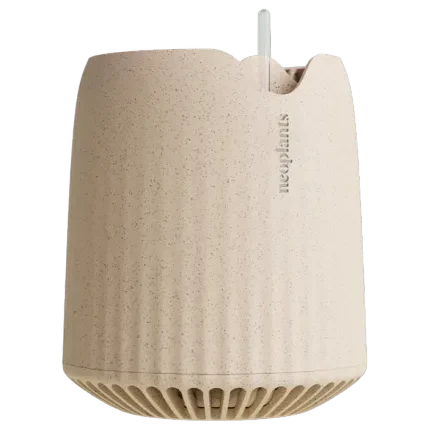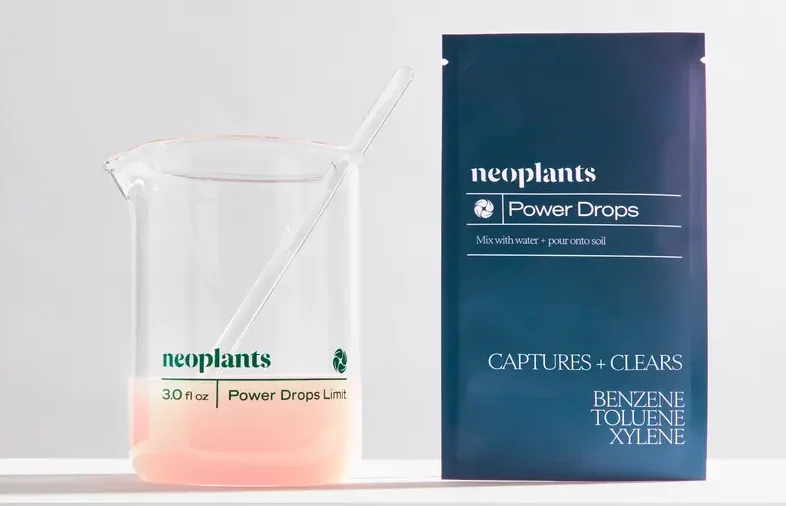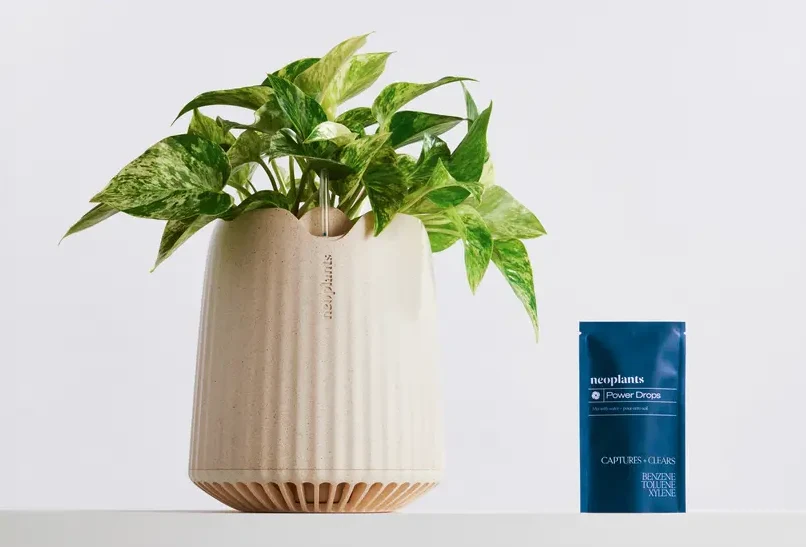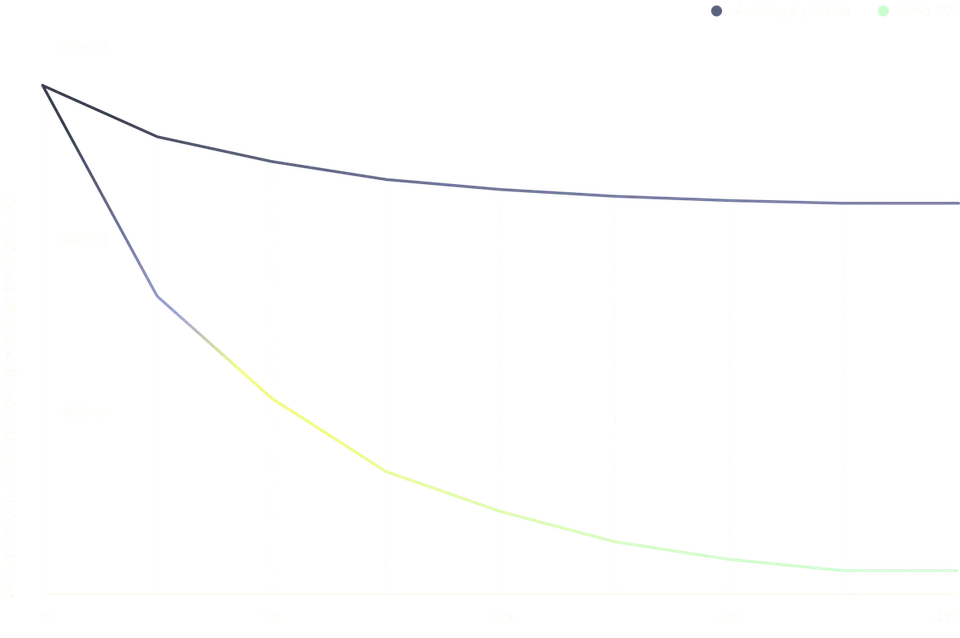Neo Px, the brainchild of French startup Neoplants, isn’t your average houseplant. This bioengineered marvel is making waves with its extraordinary ability to purify indoor air on an unprecedented scale. Named with a nod to futuristic tech, Neo Px is designed to combat indoor air pollution, achieving what would take 30 regular houseplants.
“It’s the equivalent of up to 30 regular houseplants in terms of air purification,” said Lionel Mora, co-founder of Neoplants. “It will not only capture, but also remove and recycle some of the most harmful pollutants you can find indoors.”

The Birth of a Super Plant
The journey of Neo Px began five years ago when Mora met Patrick Torbey, a genome editing researcher with a vision to create living organisms with enhanced functions. They identified air purification as the most impactful function to add to plants.
Together, the two bioengineered what has become the Neo Px, joining a prestigious list of beneficial genetically modified plants.
From a rented greenhouse in Lodi, California, thousands of modified pothos plants, green with white speckles, await their turn to be shipped, promising a cleaner indoor environment.
“There were plants around us, and we thought that the most powerful function we could add to them was to purify the air,” Mora explained.
Meeting the Demand
Neoplants started selling Neo Px in the United States in April, a market ripe with potential due to the widespread use of air purifiers and increasing concerns over air quality.
“We do our best to send as many plants as possible every week, but it’s not enough to meet demand for now,” said Mora. Recent wildfires have heightened Americans’ awareness of air quality, making Neo Px particularly appealing.
“Americans have a keen appreciation for cleaner air given all the recent problems associated with wildfires,” Mora added. “One of the pollutants that comes from combustion is benzene, which we’re targeting.”
How Much Does It Cost?
Neoplants aren’t cheap – around $140 per plant. On top of that, you’ll need to keep power drops on hand. The plant can’t work the magic on its own. Think of it like a symbiotic relationship. The power drops will set you back $39 every three months. So you’ll be spending nearly $160 a year on power drops.

Combatting Indoor Pollutants
Indoor air can be significantly more polluted than outdoor air due to volatile organic compounds (VOCs), according to the US Environmental Protection Agency. VOCs, found in everyday items like cleaning products and furniture, can cause serious health issues.
“These chemicals are associated with a range of adverse health effects, including cancer,” said Tracey Woodruff, a professor of reproductive sciences at the University of California, San Francisco. She emphasized the risks VOCs pose, particularly to vulnerable populations, citing respiratory issues, reproductive health effects, and neurological disorders.

How Neo Px Works
Neo Px doesn’t directly absorb chemicals. Instead, it comes with packets of powder containing a microbiome, a bacterial strain that colonizes the plant’s roots, soil, and leaves. “This bacteria absorbs the VOCs to grow and reproduce,” said Torbey, Neoplants’ chief technology officer. “The plant is there to create this ecosystem for the bacteria. So we have a symbiotic system between plants and bacteria.”

A Vision for the Future
Neoplants envisions a future where genetically modified plants directly purify the air through their metabolism. Long-term goals include enhancing trees’ capacity to capture CO2 and developing seeds resistant to drought, tackling broader environmental challenges.
“We could increase the capacity of trees to capture CO2,” Torbey suggested. “Or develop seeds that are more resistant to drought,” added Mora.
A Tech-Savvy Investment
Vincent Nallatamby, a Google product manager, was among the early investors drawn by Neoplants’ vision and scientific rigor. His Neo Px plant now resides in his San Francisco living room, blending seamlessly with his collection of houseplants.
“It’s more my wife who takes care of them, except this one. This one’s me!” he joked, pointing to his Neo Px. “I’m often seduced by technological objects and I want to bring them home. This was one of the first times I had no trouble convincing my wife.”

Embracing a Cleaner Future
Neo Px represents a significant step forward in the fight against indoor air pollution. As the world grapples with environmental challenges, innovations like these offer hope for healthier living spaces and a more sustainable future.





















